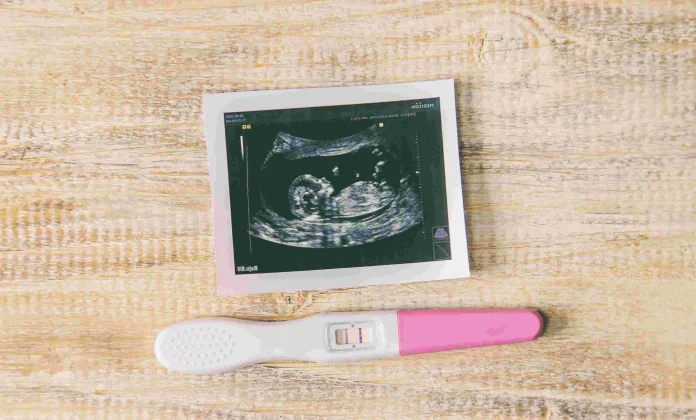The most commonly-performed type of artificial insemination is IUI, or intrauterine insemination. However, there are three other types of artificial insemination that you and your partner may wish to pursue. These procedures offer solid success rates and are often associated with lower costs. They may also appeal to you if you are using a sperm donor or if you are pursuing surrogacy.
Intravaginal Insemination
Intravaginal insemination, or IVI, is the least common form of artificial insemination used by couples. It involves placing a sample of your partner’s sperm directly inside your vagina, and depositing it near your cervix. It can often be performed in the comfort of your own home although it can also be performed by your reproductive endocrinologist at your fertility clinic.
Who Can Benefit from Intravaginal Insemination?
IVI is designed to help couples that are having difficulties conceiving because of ejaculation problems. If your partner is experiencing difficulties with ejaculating during intercourse, IVI can help to place his sperm inside of your vagina. IVI is most effective in women who are ovulating regularly, either naturally or through the use of ovulation-inducing medications, like Clomid. If you are experiencing difficulties ovulating, you may want to try another type of artificial insemination. IVI is also used with:
- surrogacy
- implanting donor sperm
The Intravaginal Insemination Procedure
The IVI procedure is actually pretty straightforward – you can perform the procedure by yourself, in your own home. A semen sample is retrieved from your partner or from a sperm donor. This sample is then placed inside a sterile syringe. This syringe is placed inside your vagina, and pushed in until it reaches the cervix. The semen sample is then deposited around your cervix.
Success Rates and Costs
Unfortunately, IVI success rates to tend to vary a great deal. It really depends upon your personal fertility issues and the quality and motility of your partner’s sperm. Sperm that has been washed may provide you with a greater chance of becoming pregnant during each cycle. Typical success rates are around 10%, but can be as high as 30%, per cycle. IVI is quite inexpensive, especially if you elect to do the procedure yourself. All you need to cover are the costs of the equipment involved. Costs could reach up to $500 if you choose to use a sperm donor or fertility drugs, like Clomid, with the IVI procedure.
Intracervical Insemination (ICI)
ICI is a non-invasive, painless procedure that can be performed at your local fertility clinic. It involves placing sperm inside your cervix, where it will then swim into your uterus and up through your fallopian tubes. It is typically performed by your reproductive specialist or other fertility health care provider.
Who Can Benefit from Intracervical Insemination?
Many couples elect to undergo ICI, especially if they are having troubles conceiving on their own. You may choose to pursue ICI if your partner is unable to ejaculate during sexual intercourse. You may also choose ICI if you are using a sperm donor or if you are pursuing surrogacy.
The Intracervical Insemination Procedure
The ICI procedure itself only takes about ten minutes. A semen sample is first retrieved from your partner or from your chosen sperm donor. This sperm is then placed inside your cervix, just before you ovulate. A speculum is used to open your vagina and expose your cervix. A catheter is then inserted inside your cervix. A sterile syringe containing the sperm sample is attached to the catheter and the sperm is pushed through and deposited inside your cervix. A sponge is then placed over the cervix to prevent any sperm from leaking out.
Intracervical Insemination Success Rates and Costs
ICI is associated with success rates that are similar to those produced by IVI. Typical success rates are around 10%, but can increase to 30% if you perform two procedures every cycle, and if your sperm sample is healthy and strong. ICI is often a popular alternative to IUI because it is less expensive. A typical procedure costs between $200 and $300.
Intratubal Insemination (ITI)
ITI is a much less common type of artificial insemination. This is because it is a more invasive procedure and tends to be associated with higher costs. ITI is typically performed at your clinic or in hospital. ITI involves placing sperm directly into one or both of your fallopian tubes. This is thought to help fertilization take place as it prevents sperm from having to swim through the cervix and uterus to reach your egg.
Who Can Benefit from ITI?
ITI is not a first-line treatment for couples pursuing fertility treatments. It is often considered when couples are having difficulties conceiving through IUI or other types of artificial insemination. Women who are experiencing problems with ovulation or their cervical mucus may also be interested in ITI.
The ITI Procedure
The ITI procedure can actually be performed in two different ways: intracervically, and laparoscopically. The intracervical method is less invasive and involves placing a catheter inside of your cervix and uterus, and up through your fallopian tubes. Sperm from your partner is then inserted in to this catheter and deposited in your fallopian tubes.
The laparoscopic method uses laparoscopic surgery to locate your fallopian tubes. A tiny incision is made in your abdomen and a camera is inserted inside your pelvic cavity. This camera is then used to find your fallopian tubes. A catheter is inserted inside your tubes and the sperm sample is deposited inside.
Success Rates and Costs
ITI success rates are thought to be somewhere in the range of 5% and 30% per cycle. Some physicians argue that ITI success rates are much higher, although this has not yet been proven. ITI is an expensive procedure, and can run upwards of $1,000.
